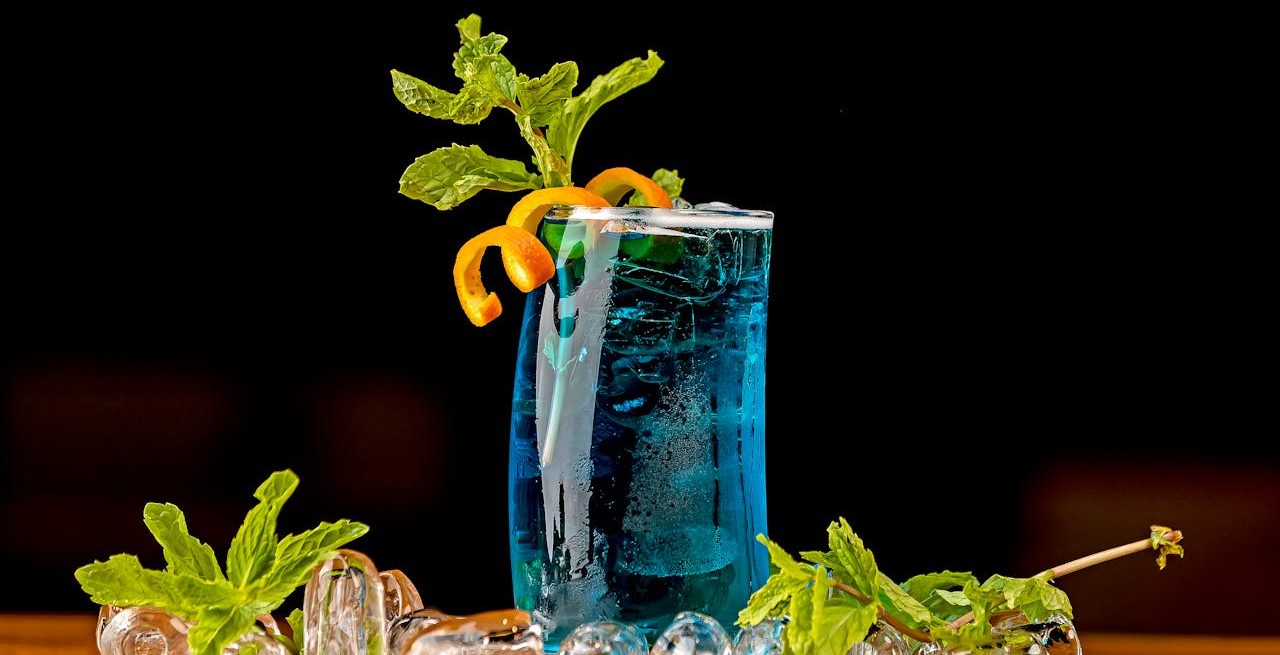Understanding Legality of Non-Alcoholic and Cannabis-Infused Beverage Trends
3 Min Read By MRM Staff
There has been a lot of fluidity in the beverage sphere over the past few years with the rise of mocktails and other nonalcoholic experience. In 2023, off-premise sales of non-alcoholic beer, wine, and spirits topped $565 million, according to NielsenIQ, which was a 35-percent increase in dollar sales from the prior year.
Alternatively, there's been an uptick in the cannabis-infused beverages market – with the $2.04 billion market in 2023 projected to grow to $3.09 billion globally. What do restaurants need to understand and meet the needs of these potential guests? To learn more, Modern Restaurant Management (MRM) magazine reached out to Greenspoon Marder. In addition to advising beverage retailers, suppliers and wholesalers in the hospitality industry, the firm represents public multi-state operators, state-licensed dispensaries, cultivators, infusers, distributors, new social equity entrants, ancillary businesses, and those looking to enter the cannabis space.
Brad Berkman is a member of the Hospitality, Alcohol and Leisure Industry Group at Greenspoon Marder. He concentrates on providing guidance to all tiers of the alcohol beverage industry, including suppliers, wholesalers and retailers. Irina Dashevsky is a partner and co-chair of the Cannabis Law practice group at Greenspoon Marder. She advises clients on legal, regulatory, and legislative developments in the highly regulated and competitive cannabis industry.
During the pandemic, many states relaxed laws on the sale of cocktails to go for restaurants and many of these laws were then put in place as they were an economic landline. What is the status of this as a nationwide trend and what are the risks and benefits?
BB: Many of these laws remain in effect around the country. Only a few states have allowed pandemic era cocktails to go legislation to lapse. For restaurants, this has been an economic success and many restaurant associations have effectively lobbied for these laws to remain in effect. Clearly, the benefit to the restaurant is economic leading to increased sales volume and profitability. As we know, alcohol sales are a strong profit center for restaurants. Risks include potential cannibalization of traditional package store sales and the sale and delivery to underage consumers of alcoholic beverages.
What are some trends you are seeing in non-alcoholic market restaurants need to be aware of and how can they capitalize on them?
BB: From an alcoholic beverage perspective, younger consumers are drinking healthy and less. Non-alcoholic spirits and similar beverages are a growth category. Mocktails, made with zero-alcohol beverages that taste similarly to their alcoholic cocktail counterparts, appear to be a growth category. Mocktails are a creative and profitable consumer offering and will likely grow as a category. It would be prudent for non-alcoholic market restaurants to consider adding these items to their drinks menu.
What are the legalities of serving cannabis-infused food and beverage items?
ID: The legal landscape surrounding cannabis-infused food and beverage items is intricate and evolving. Understanding both state and federal cannabis laws and their interaction is crucial. According to the 2018 Farm Bill, "cannabis" contains more than 0.3% delta-9-tetrahydrocannabinol (THC) and is federally illegal, while "hemp" contains less than 0.3% THC and is federally legal.
Products with more than 0.3% Delta 9 THC are considered cannabis and are typically sold in state-legal dispensaries. On the other hand, hemp-derived intoxicating cannabinoid products, like Delta 8 and THC-A, have emerged due to regulatory loopholes and are often unregulated and readily accessible. While some states have passed restrictive legislation, many do not have regulations in place.
The FDA has indicated that hemp-derived cannabinoids such as CBD/Delta 8/THC-A and so on are not considered generally safe for human consumption. But these products are pervasive, and the FDA has not enforced its position. Such infused products are often found at restaurants/bars across the country. Notably, the recent markup of the 2024 Farm Bill proposes to tighten the definition of hemp to include only non-intoxicating cannabinoids, indicating a shift in congressional attention to this issue.
Cannabis-infused foods and beverages require a different state by state analysis. As long as the producer of the item is state-license and compliant with respective regulations, it can create such products and they can be obtained by consumers at licensed retailers or authorized places of consumption.
As cannabis is legalized in more states, what are some trends/best practices for restaurants?
ID: As cannabis legalization expands, restaurants must navigate strict possession limits, usage, and marketing regulations. How a restaurant obtains its state-legal cannabis, the amount it can possess, and then how it utilizes cannabis is all regulated at the state-level. We are not familiar with state-regulatory schemes that provide restaurants with authority to create cannabis infused food. As such, it is difficult to discuss best practices in this area.
While personal adult-use is permissible in many states, that does not necessarily allow someone to infuse cannabis into food and then re-sell/serve that infused food. This is currently a grey area, particularly in markets that are not mature yet with respect to cannabis. Most states place limits on how much one can possess, age for consumption, and how one can obtain cannabis. These would all be applicable to restaurants. State-sanctioned consumption lounges and consumption events is a newer emerging trend and restaurant should evaluate whether they would need to obtain such licensure in order to serve cannabis infused food.

